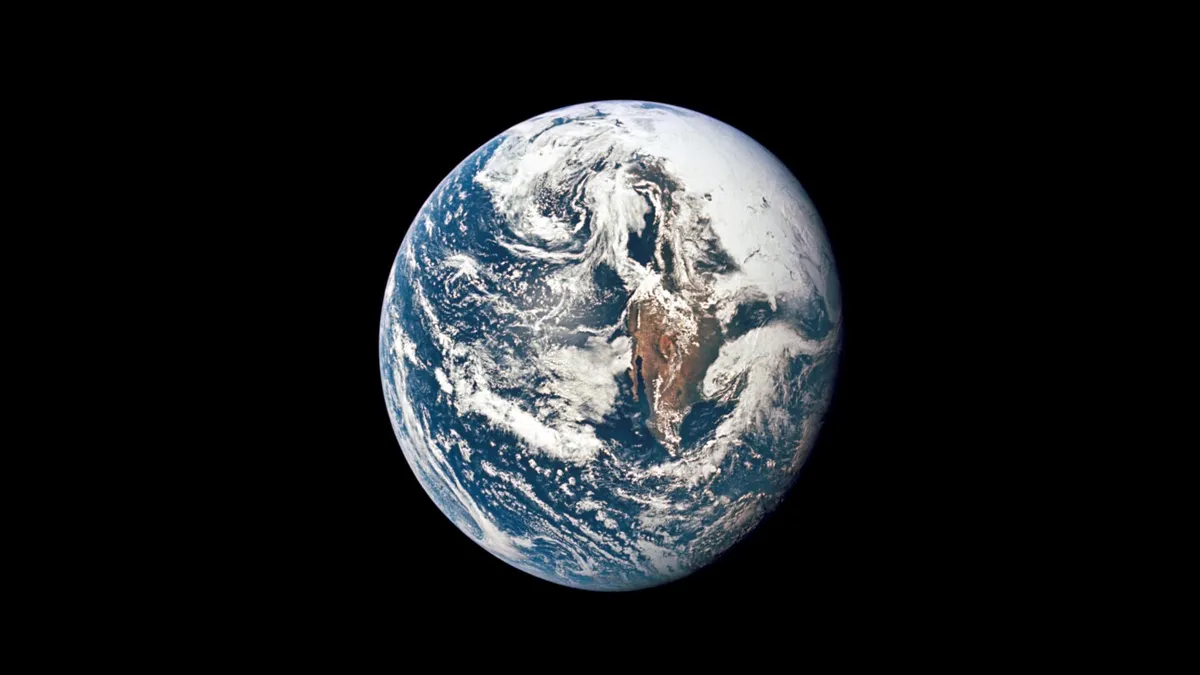
CAPE CANAVERAL, Fla. (AP) — The discovery of a new asteroid, named 2024 YR4, has stirred interest among astronomers worldwide. Recent observations indicate a slight increase in the threat it poses, prompting telescopes globally to track its trajectory. However, the current probability of an impact remains low.
Recent calculations estimate a 2% chance that the asteroid 2024 YR4 could collide with Earth in 2032, leaving a 98% likelihood of it passing by harmlessly. As astronomers refine their understanding of its path around the sun, they anticipate fluctuation in these odds, with a strong possibility of the risk dropping to zero.
Both NASA and the European Space Agency plan to utilize the Webb Space Telescope in March to observe this near-Earth asteroid before it becomes invisible for several years. It is expected to return for further observation in 2028.
Asteroids are rocky remnants from the solar system's formation about 4.6 billion years ago. These celestial bodies orbit the sun and are significantly smaller than planets. Most asteroids reside in the main asteroid belt between Mars and Jupiter, but some, like 2024 YR4, are pushed out and venture closer to Earth.
The asteroid 2024 YR4 was discovered by a telescope in Chile in December. It is estimated to be between 130 feet to 300 feet (40 meters to 90 meters) in diameter. Observations from the Webb telescope are expected to yield a more accurate measurement, according to NASA.
Initially, the chances of an impact were slightly over 1%, but have since risen to roughly 2%. Despite this increase, NASA categorizes the risk as "extremely low." Scientists advise that as they gather more data, these odds are likely to fluctuate and might eventually reach zero.
Larry Denneau, a senior software engineer with the University of Hawaii’s asteroid impact alert system, reassures the public: “You don’t have to be worried about anything. It’s a curiosity. Don’t panic. Let the process play out, and we’ll have a for-sure answer.”
Experts emphasize that it is premature to be concerned about asteroid 2024 YR4. Paul Chodas, director of NASA’s Center for Near-Earth Object Studies, comments, “No one should be concerned that the impact probability is rising. This is the behavior our team expected.” He expects the impact probability to eventually decline to zero.
With the asteroid's size and orbit still uncertain, the potential impact location and severity remain unclear. If on the smaller side, any impact would likely be localized, akin to the 1908 Tunguska event in Siberia. However, if it approaches 330 feet (100 meters), the consequences could be more severe.
Once the Webb telescope determines the asteroid’s exact size, NASA can assess the potential impact's seriousness and the difficulty of any necessary deflection efforts. NASA has prior experience in altering an asteroid’s course, as demonstrated by the Dart spacecraft's mission in 2022, which successfully adjusted the orbit of a harmless asteroid.
The Associated Press Health and Science Department receives support from the Howard Hughes Medical Institute’s Science and Educational Media Group and the Robert Wood Johnson Foundation. The AP is solely responsible for all content.